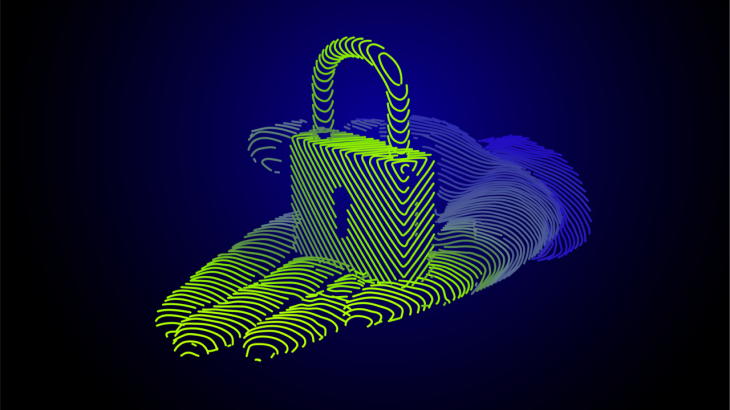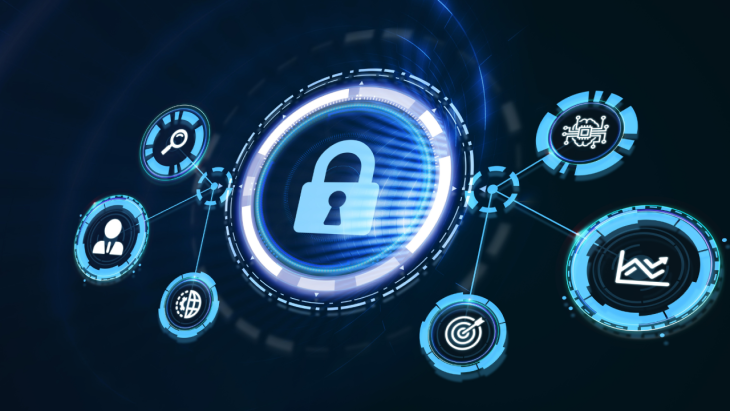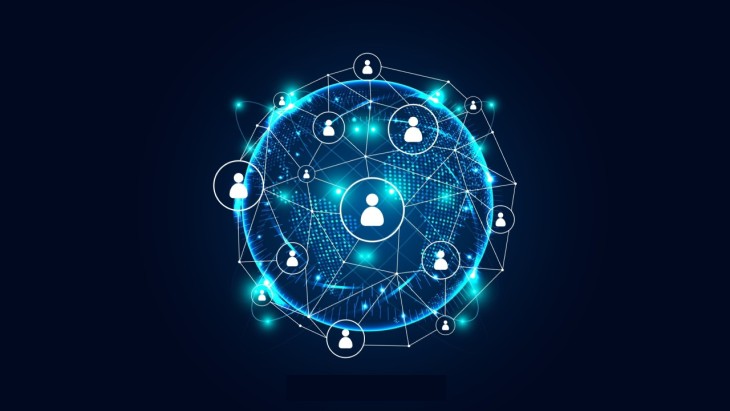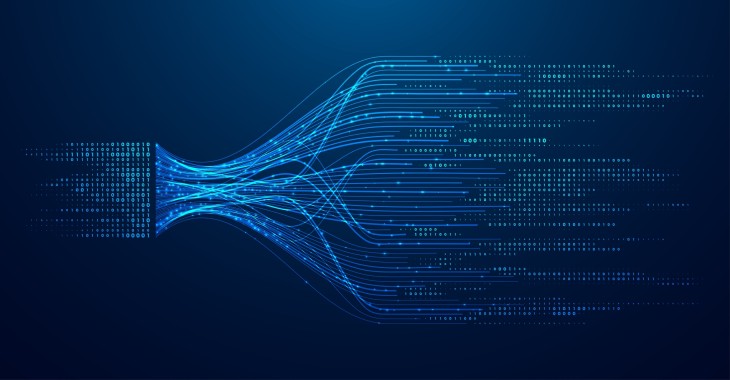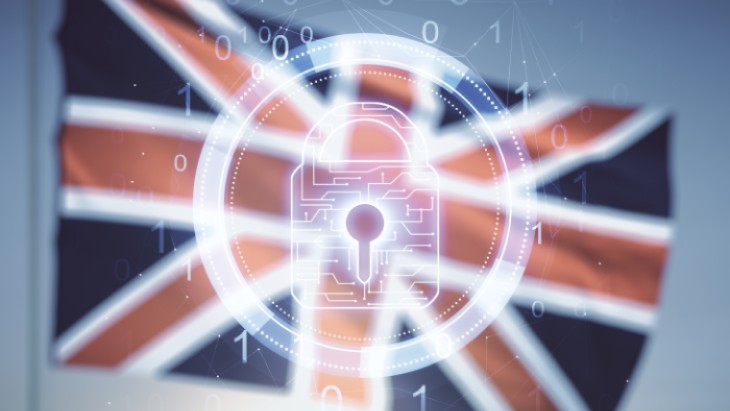
Cybersecurity in the Finance Sector
The finance sector frequently faces cyber security threats and, as a result, suffers from major problems unless the necessary data security measures are taken. The cyber threats to finance intend to cause data breaches. One of the main problems encountered is the identity theft faced by the employees and customers of an institution targeted by the cyber attacker.
On the other hand, potential data leakage in the finance sector force companies to grapple with significant financial losses. Consequently, this creates an inevitable situation in which people lose trust in the company and its brand image is damaged. The factors that make the finance sector attractive for cyber attackers and pave the way for the aforementioned damages are directly related to the nature of the sector.
Why is the Finance Sector an Attractive Target?
As a result of digital transformation's significant impact on the finance sector in particular, hackers have become more interested in this sector. According to the Cost of a Data Breach Report prepared by IBM Security, a data breach in the finance sector, a high-profile target for those who seek to carry out a cyber attack, has a lifecycle of 233 days.
In the finance sector, between 4600 and 4900 data breach incidents occurred each year since 2013. There are multiple reasons to explain why the sector is under threat. First of all, we should mention unauthorized account transfers and identity theft. Cyber attackers can easily overcome ill-structured access security layers using unauthorized transfers and access customer accounts to empty the data vault within minutes. Also, phishing attacks resulting in data breaches can cause inevitable damage to companies in terms of both corporate image and legal obligations.
Furthermore, the fines and judicial penalties imposed by states for failure to adequately protect personal data is one of the main reasons why companies should take cyber security seriously. Likewise, the reason the attack surface increases and leaves financial institutions vulnerable to cyber threats is that financial institutions offer website and mobile app services simultaneously to increase user accessibility. As hackers find more attack points, it is necessary for you to smoothly manage the access process related to authorized accounts in order to prevent sensitive data breaches.
In short, the finance sector is a favorite among attackers because it promises great wealth in terms of money and private data. Also, the fact that the companies that follow in the footsteps of the digital age provide fully online services makes them significantly easier targets. The finance sector mostly deals with ransomware attacks, bot attacks and phishing attacks, which are a result of social engineering.
Protection of Critical Data and Corporate Assets
The 2021 Data Breach Investigations Report prepared by Verizon shows that in the finance sector, which incorporates rich resources in terms of critical data and corporate assets, 55% of the breaches result from incorrect distribution.
In banking, an important branch of the finance sector, the personal data organizations are required to protect is subject to certain regulations. Such data is protected by the GDPR and PDPL in Turkey and there are other types of protection for different scopes at the international level:
- ISO/IEC 27001: Also known as an Information Security Management System, the ISO/IEC 27001 can be referred to as a part of a broad cyber security measures protocol. The regulation contains the necessary recommendations and procedures required to minimize the security risks in the finance sector.
- Sarbanes-Oxley (SOX): SOX was developed to prevent record manipulation and aims to protect investors by supporting the accuracy and reliability of corporate statements.
- PCI-DSS (Payment Card Industry Data Security Standard): The PCI-DSS increases the control of cardholders' data to prevent data breach attempts made through credit cards and intends to prevent financial losses.
- GDPR/PDPL: As it has a wide field of application, the GDPR (General Data Protection Regulation) offers a broader area of authorization. Every company that operates by processing personal data within the boundaries of the European Union is subject to the GDPR. The PDPL (Personal Data Protection Law) refers to all the rules need to be observed by natural persons and legal entities who collect, process, and store personal data in Turkey.
Privileged Access Management (PAM)
PAM (Privileged Access Management), ensures high-level access security by monitoring all authorized accounts’ and authorized sessions’ access. PAM offers effective protection for companies in the finance sector and limits the movement of a cyber attacker even if he manages to enter the company network. The access of the cyber attacker to critical systems is thus significantly reduced.
The advanced modules of Kron’s PAM solution, Single Connect, guarantee data security for your company by controlling the access of authorized accounts with their enhanced features. Single Connect’s modules include:
- Privileged Session Manager: This module authorizes all the sessions within the network at various levels, and sets a barrier against potential confusion and manipulation attempts regarding access management.
- Dynamic Password Controller: This module enables the authentication of authorized sessions within the system. The Dynamic Password Controller offers an end-to-end encrypted architecture and its password vault feature securely stores the passwords of authorized accounts keeping them isolated from the general network.
- Two-Factor Authentication (2FA): Two-Factor Authentication can simultaneously perform time-based and location-based authentication. It can thus create two different authentication inputs when a privileged access permission is requested from the system.
- Database Access Manager: This module inspects the activities of the system administrators on the network and enables the monitoring of privileged access of the hierarchical system from top to bottom.
- Dynamic Data Masking: Dynamic Data Masking supervises and controls every single action the database managers perform on the network. Activities can be tracked in real time, as the system records operations while masking them at the same time.
Our Single Connect PAM solution features the most powerful ways to allay the cyber security concerns of organizations in the finance sector.
Single Connect is a time-tested platform and among the world's leading PAM solutions. It was included in the Magic Quadrant for PAM report prepared by Gartner for two consecutive years thanks to its Scalability, Database Control features, and advanced Session Management capabilities. Single Connect is ready to meet the data security needs of the finance sector with its advanced modules and end-to-end privileged access management applications.
Please feel free to contact us for further details on Single Connect and connect with our expert team.
Highlights
Other Blogs

Cybersecurity Insights from CDW: What Enterprise CISOs Need to Know About Internal Threats
